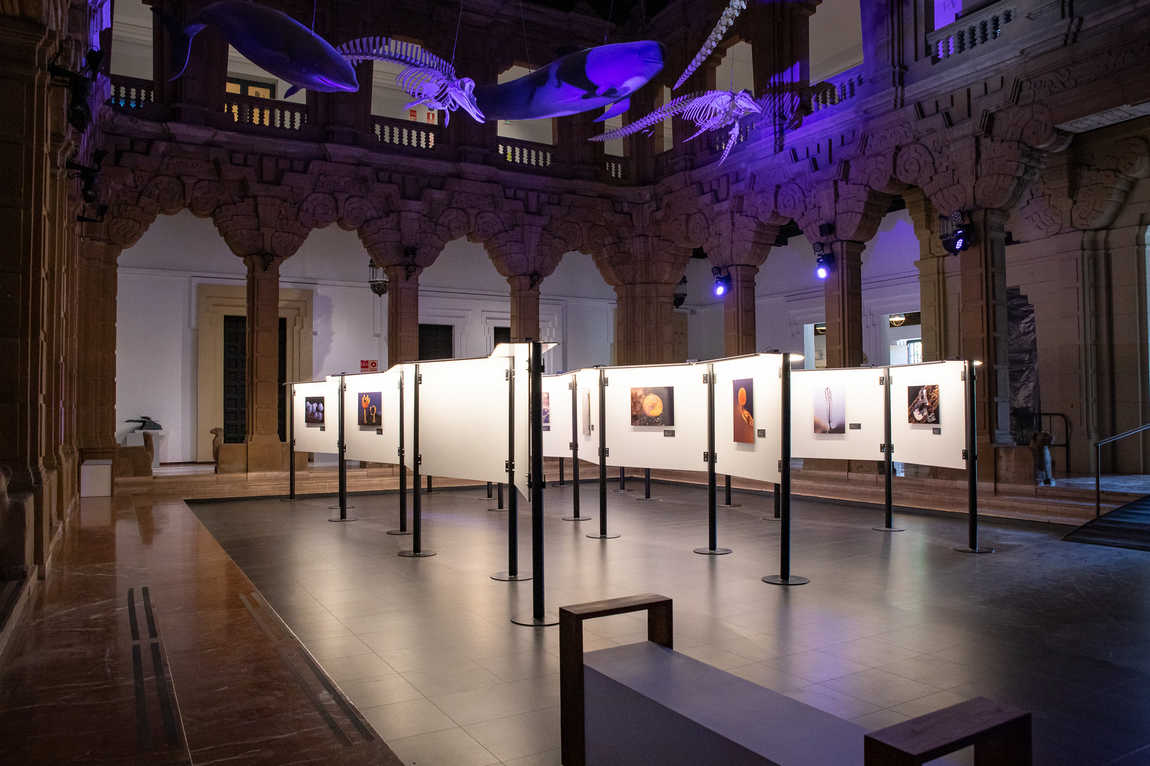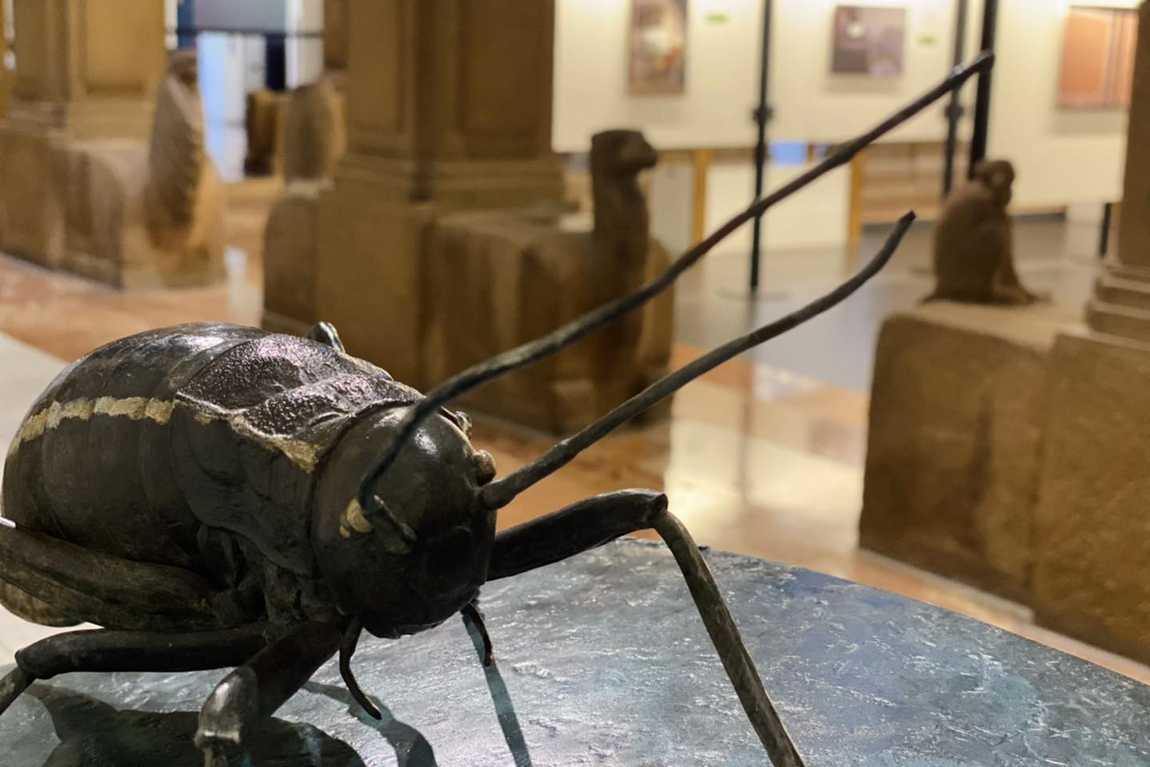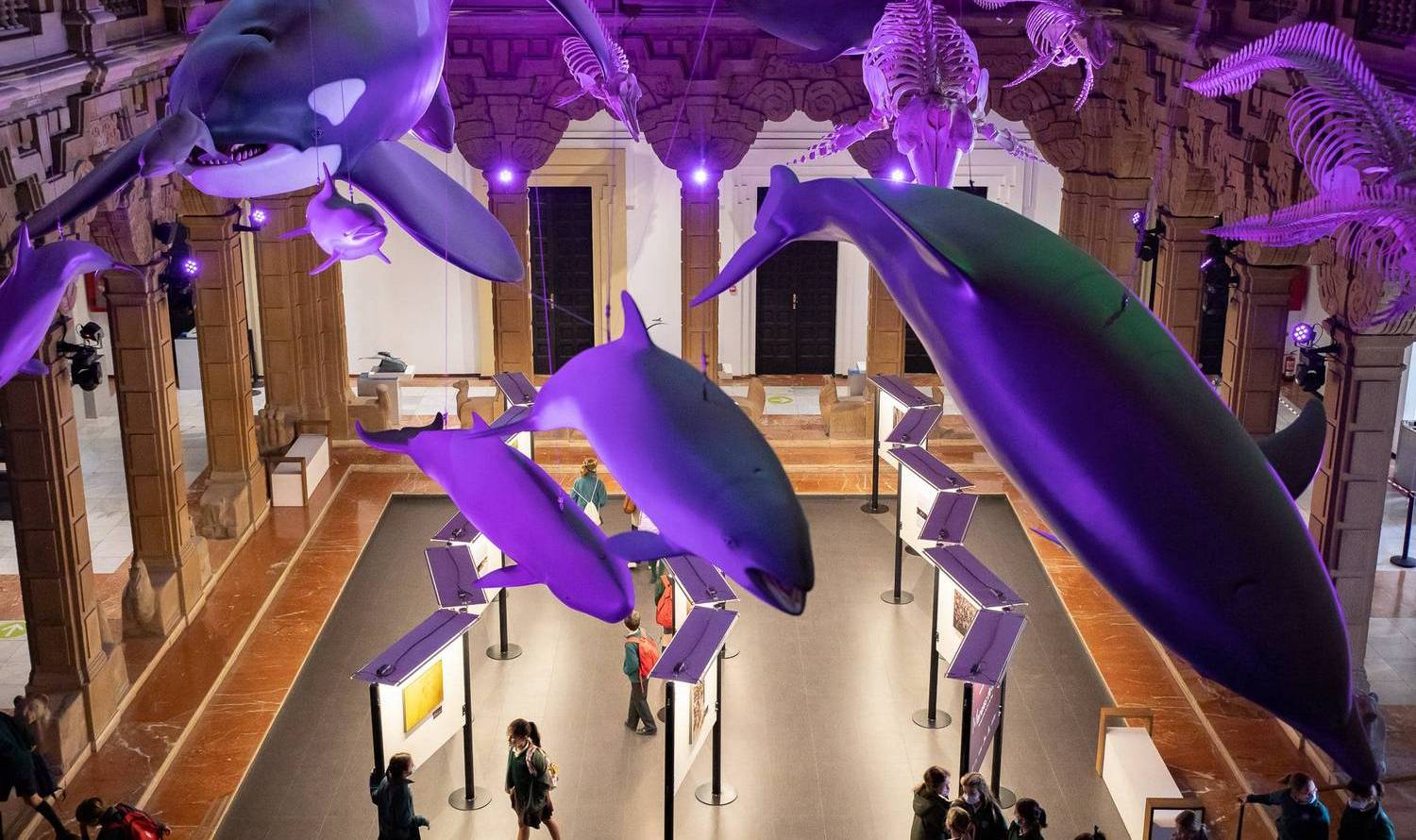Not all children become great scientists, but all children have an innate curiosity and strive to explore the world. To give them this opportunity, the museum La Casa de la Ciencia, or House of Science, was opened in Seville. Its exposition is dedicated to Andalusia's flora, fauna, and geological structure. The museum also has a modern planetarium. Or maybe the best argument for such a family excursion to Seville is that an 8-meter whale soars under the ceiling of one of the halls, and giant butterflies emerge from the cocoon, rejoicing in the sun on the facade?

The House of Science in Seville, like many buildings in the city centre, was built on the occasion of the 1929 Ibero-American Exposition. More precisely, the museum is housed in the Pavilion of Peru, a building which belongs to Seville's City Hall and is very interesting in terms of architecture. Perhaps, to all other activities, the child will prefer viewing the interiors, in the design of which the motives of the Peruvian Indians are used. However, in this building, children will find fun and entertainment combined with acquiring new knowledge.
Adults who visited museums of this kind in childhood will be amazed at La Casa de la Ciencia. How is it that insect collections look like colourful pictures and not like troops built for a solemn march? And good news that you can touch the exhibits placed under glass (and how not to touch it if it's a plasma lamp)? And why are there comics on the walls instead of information boards? But scepticism will give way to admiration in the hall, where skeletons and models of large representatives of the marine fauna are presented. Mostly here you can see sharks and dolphins of various kinds.

Almost always, the House of Science hosts one or more temporary exhibitions. They can also be exciting. For example, there was an exhibition dedicated to the peculiarities of memory. Many tests and experiments were prepared for visitors, and the results surprised everyone. The Plasticine History of Science exhibition was an incredible success: having seen a funny plasticine figurine of Einstein sitting on the formula E=mc2, schoolchildren will no longer forget this formula. The museum even found a delicate approach to the topic "Metabolism in living organisms and excrement."
The museum also hosts free seminars from time to time. Spectacular experiments accompany lectures, so listeners of any age enjoy them.
The planetarium in the House of Science is the only one in Seville. It has a modern projection system and a virtual journey through space can be experienced as quite real. The planetarium has two programs for children: cartoonish celestial bodies are much more fun to study, and constellations with pictures are more memorable. Other programs are designed for an adult audience.
The convenient location of the museum will allow you to combine several excursions. From the House of Science, you can go to the Seville Alcazar and then to the Cathedral. You can also choose another direction: take a walk in Maria Luisa Park and walk to the Aquarium. Or you can stay on the Plaza de España and devote time to inspecting its architectural ensemble.











